Ski patroller: Far from a simple mountain outing, it’s a vocation
Special collaboration: Paul Laramée
Newly trained by the l’Institut national de secourisme du Québec (INSQ)[1], Quebec’s largest network of private ski patrollers, the author presents the experience he went through in order to meet the training requirements in terms of the many kinds of winter sliding sports in Québec
Winter, for me, means skiing. I simply cannot imagine a winter without skiing. Being an independent worker, I decided to combine work and play by exploring the possibility of being a ski patroller in my area, the Laurentians. Research on the internet by entering “ski patrol” took me straight to the website of the INSQ[2]. And so, the adventure began!
The evolution of skiing and snowboarding…and the associated risks
Mountain rescue techniques have to take into account the evolution of the sliding sports and their practitioners. The growth of risk-taking in skiing and boarding, for instance, jumps and acrobatics – particularly in the terrain parks with their modules such as springboards, boxes and rails – explains the increase.
Between the 1990s and 2004 – the golden age of snowboarding – the number of boarders tripled. In response to this phenomenon, “parabolic” skis appeared at the turn of that century, and twin-tip skis, with an up-curved tip at each end, allowed the skier to ski down the runs backwards.
These new skis were the precursors of freestyle, and opened the terrain parks to skiers. And, as you might guess, there was an increase in the risks of associated accidents, particularly head injuries, which are more common among boarders and free riders than they are among conventional skiers.
The risk of injuries is three to four times as high in snowboarding versus traditional alpine skiing, according to Québec’s Ministry of Education, Recreation and Sport. Which makes interventions by patrollers even more complex and delicate.
Becoming a patroller
First, let’s talk about the prerequisites for being a patroller. You have to be at least 16, take an initial 56-hour training course (subsequent training should be anticipated, depending on the specific requirements of the ski resort), successfully pass theoretical and practical exams and, of course, already possess an intermediate-to-advanced level of skiing or boarding expertise.
So already, leafing through the Patroller’s Guide, I was becoming aware of the amount of knowledge I would have to master…which is, I admit, somewhat daunting.
Training in evolution
For the basic training, there are many hours of reading in preparation for the courses as well as, for accreditation requirements, a theoretical and a practical exam.
The training is both rigorous and serious. The INSQ provides support and accompaniment on-site and online so that participants have the resources they need to become effective mountain rescuers. And the certification is not permanent. It is subject to annual re-evaluation in view of the evolution of new techniques in mountain rescue.
“Sims”: trying but necessary
During theoretical training, you learn how to conduct an examination of the victim – the diagnosis phase – with a view to identifying the most appropriate intervention to provide aid. You can be dealing with anything from a simple cut or bruise to cardiac insufficiency (angina), a coronary (heart attack) or cerebrovascular accident (CVA or stroke), as well as fractures, shock and head injuries.
Add to the theoretical training the “sims” — a short form for simulations – which are exercises related to the various complex accidents that can happen in a mountain setting.
And the Instructor-trainers get right into the spirit of things with their heart-rending groans and cries expressing their pseudo-pains. It could hardly be more realistic, which puts the patroller trainees into a state of severe stress.
Besides the theoretical exam, each candidate must be successful in providing the diagnosis associated with various kinds of complex interventions over a period of three hours; these are the “mega-sims”.
The training allowed me to realise just how passionate patrollers are about skiing and that their role on the mountain is more vocation than pastime. So… next time you run across a patroller on the mountain, remind yourself that they are there more for you than for themselves!
[1] School certified by the government of Quebec for the training of alpine skiing rescuers
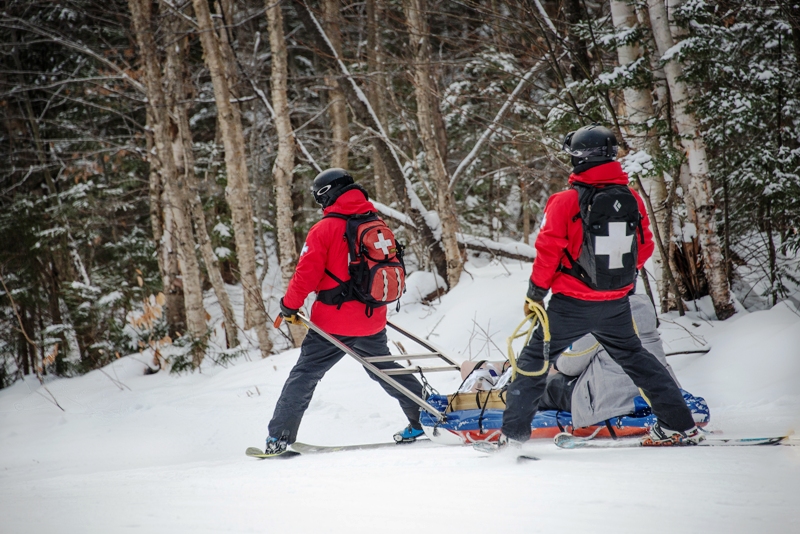

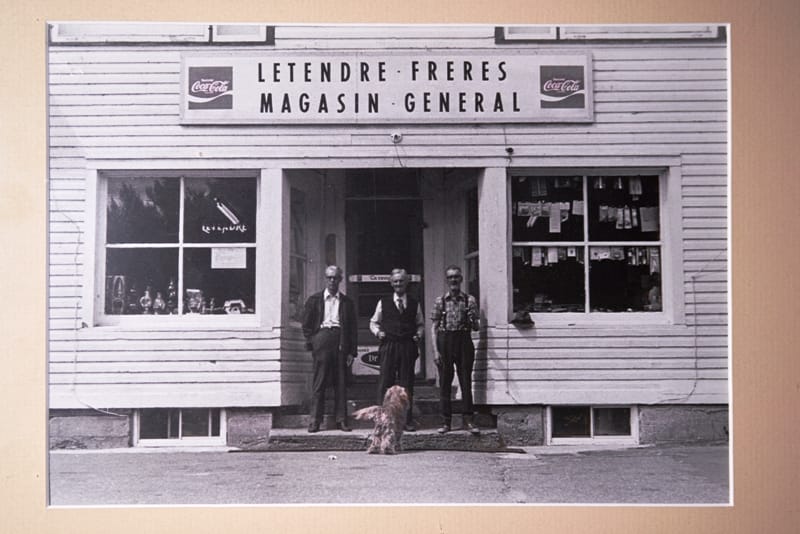

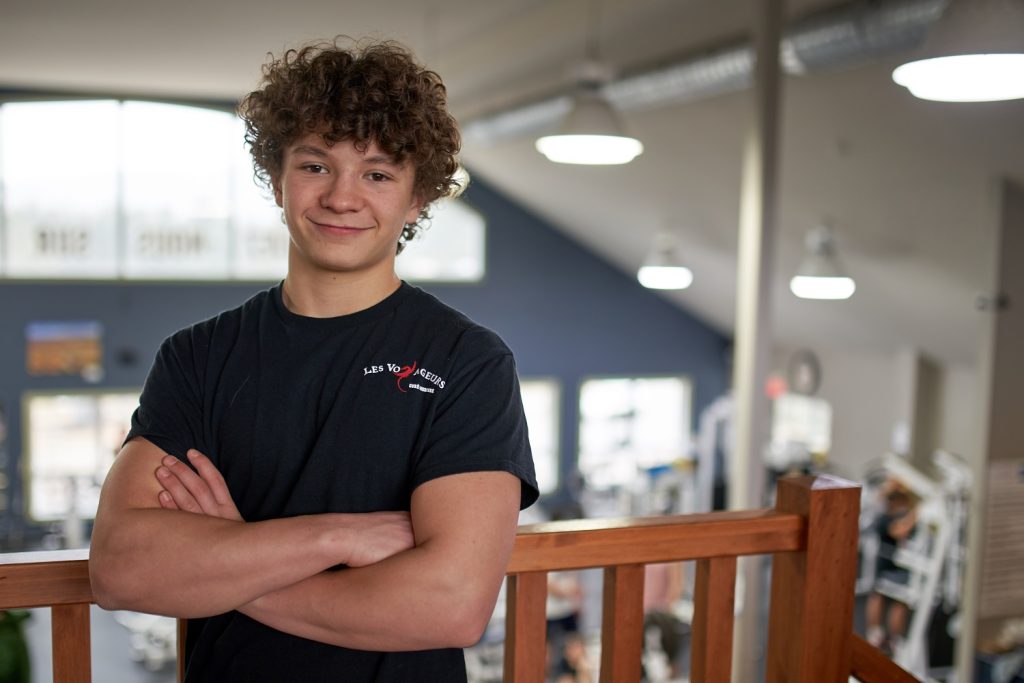
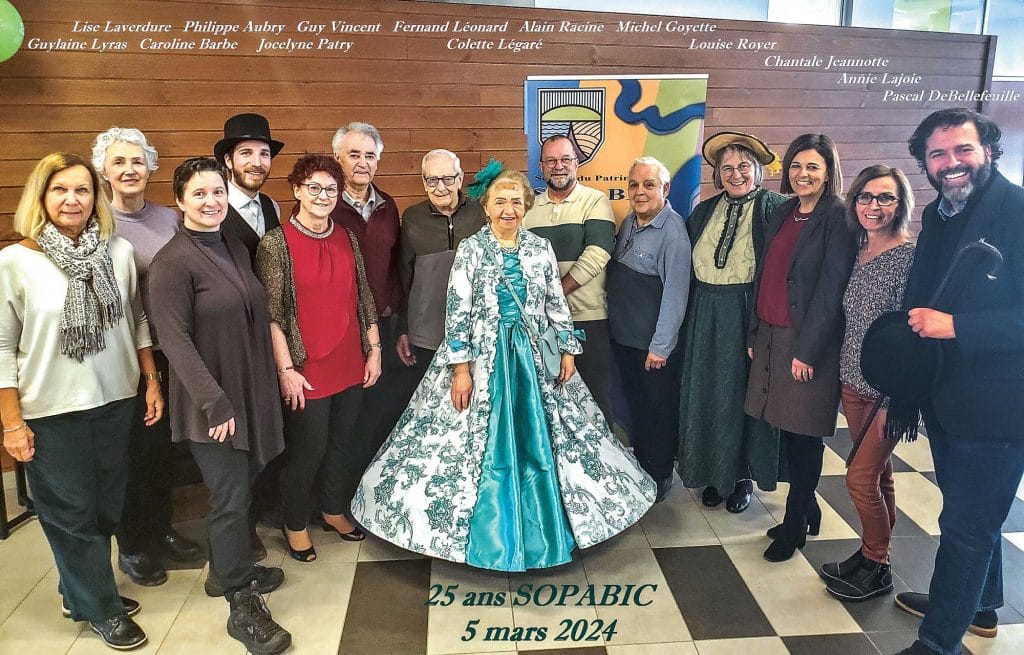
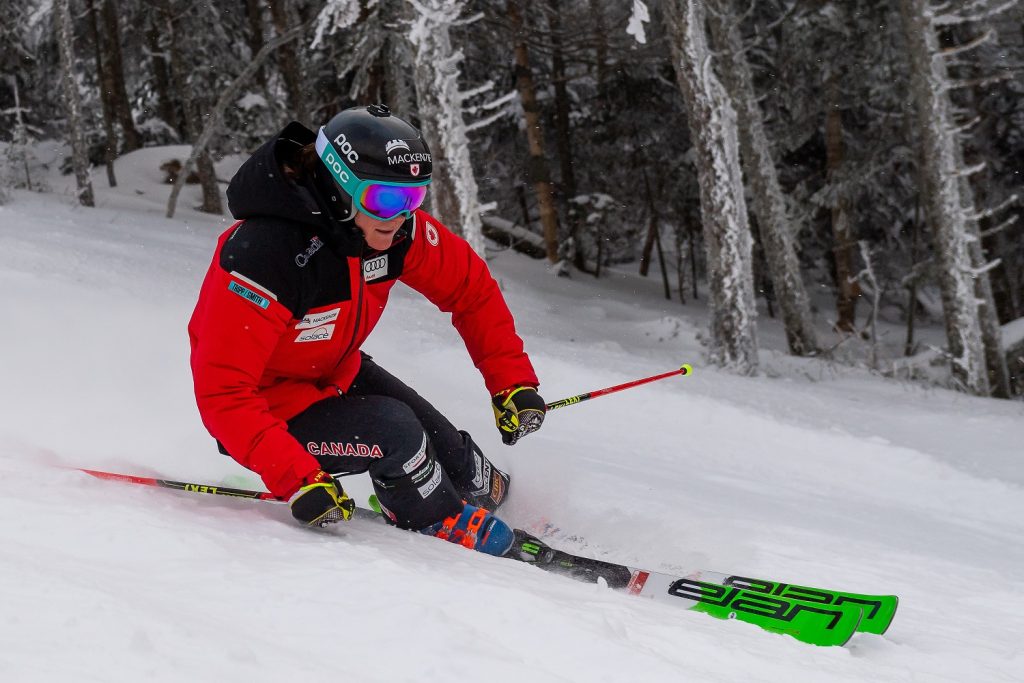
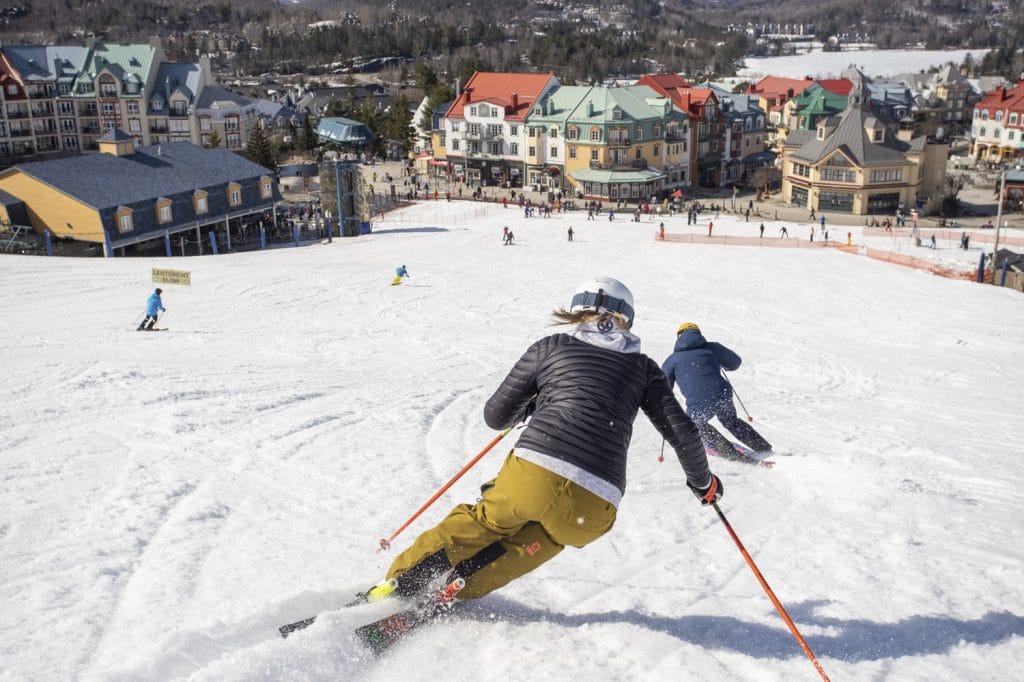
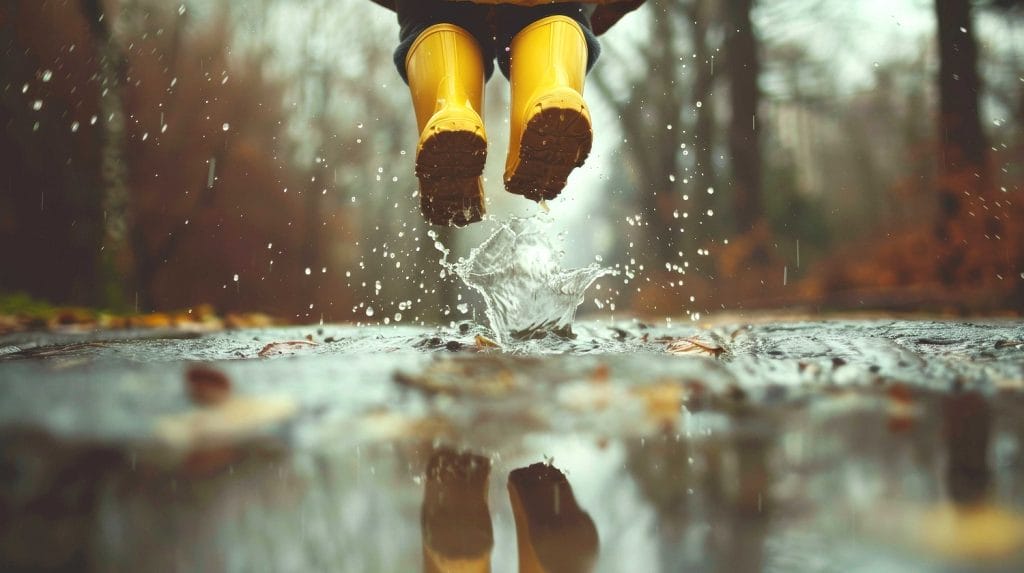
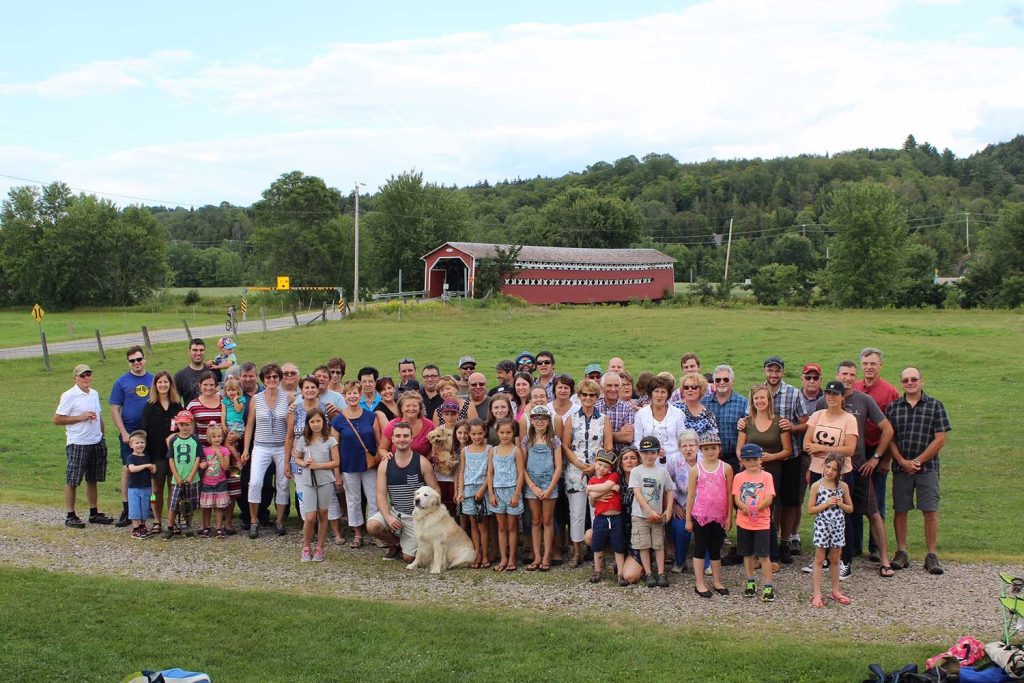
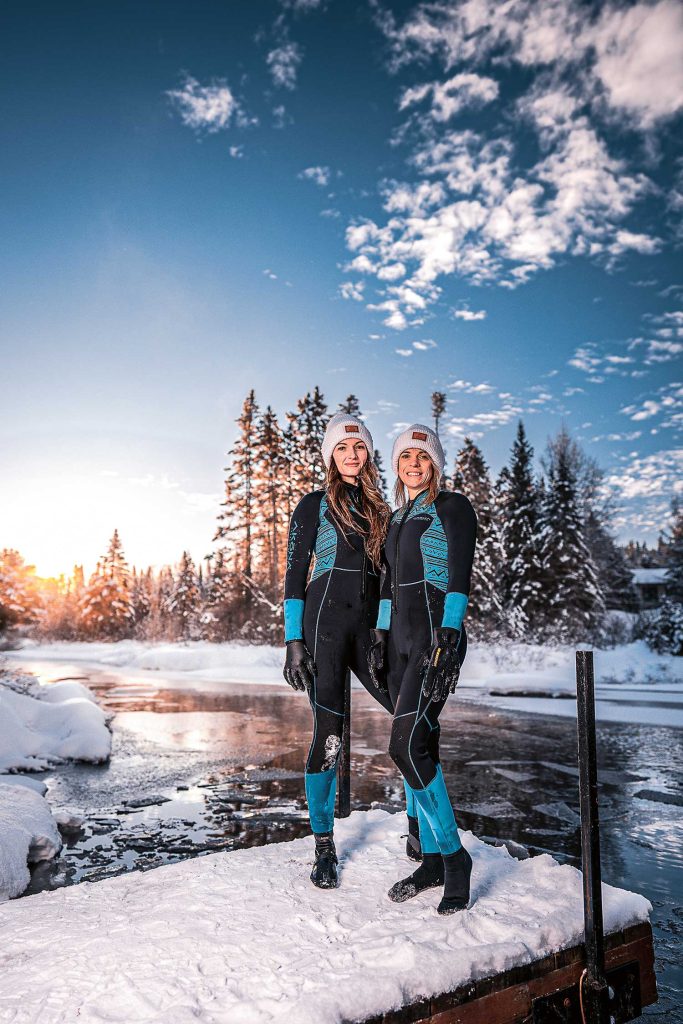

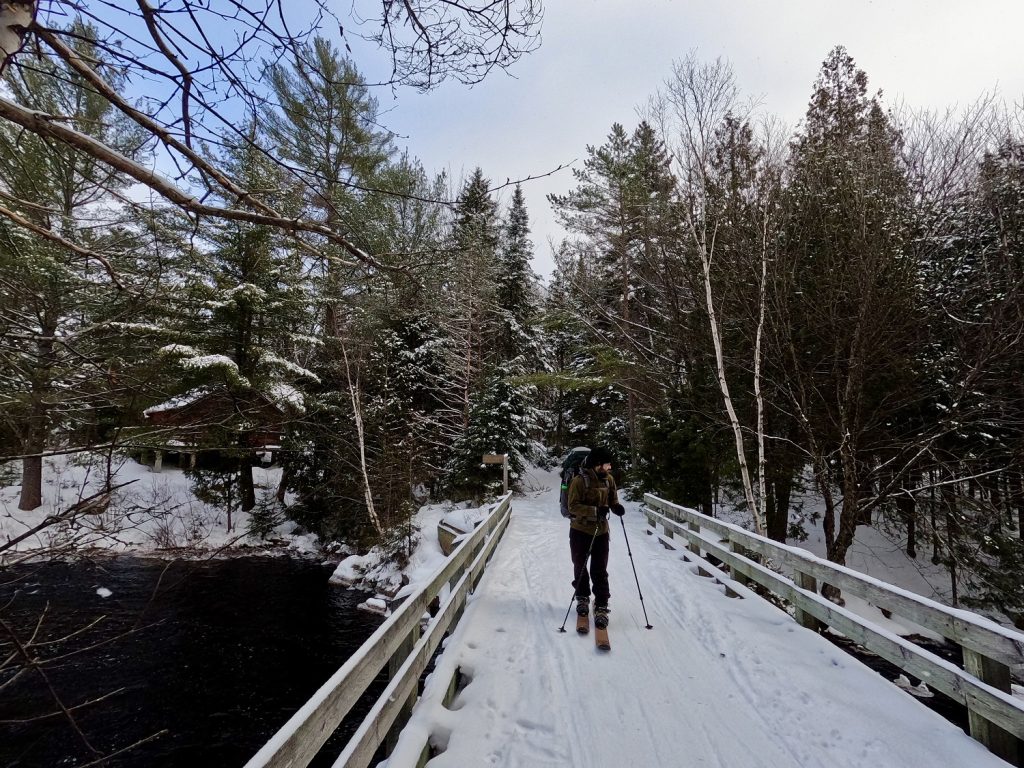
0 Comments